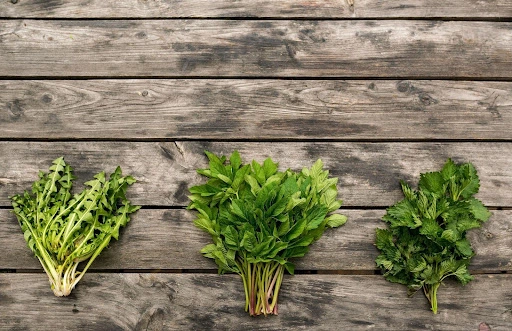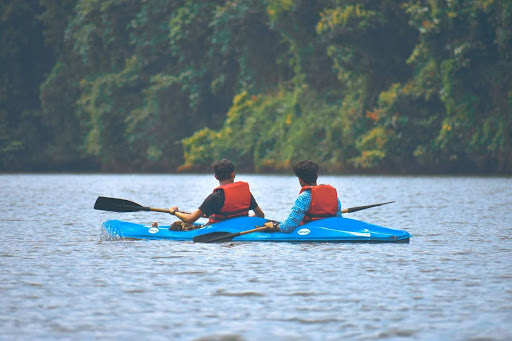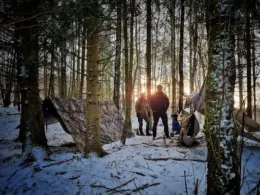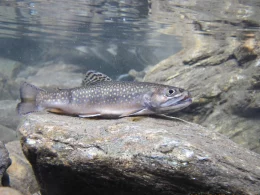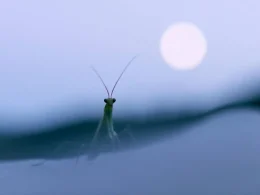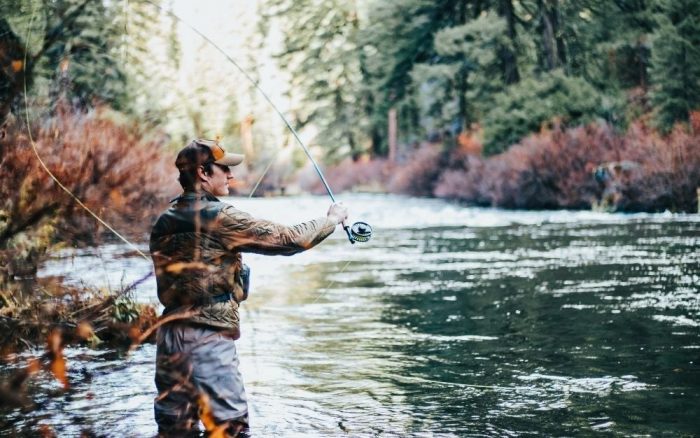Camping strips life down to the basics: a flickering fire, a cozy tent, and something to eat. But imagine skipping a few packed meals and letting the woods provide. Foraging for wild edibles is not just for rugged survivalists—it’s for anyone who wants to travel light and eat off the land. It can be as simple as tossing fresh blackberries into your cereal or spicing up a DIY salad with dandelion greens. It’s about tasting the landscape, not just passing through it. Here’s how to forage smart, stay safe, and make your camp meals unforgettable.
Table of Contents
Why Forage at All?
Foraging does more than fill your plate—it transforms camping into something deeper. It teaches you that in times when food may not be available, there are other options. It teaches you to walk the land with respect and maybe even start to cultivate your own gardens at home.
A handful of cattail shoots or wild mint can turn a bland meal into a small adventure, all without lugging extra food. It’s practical, too: fewer supplies mean a lighter pack. Plus, it fits the ethos of leaving the land as you found it, taking only what you need and doing no harm.
Foraging isn’t a free-for-all, however. Pick the wrong plant, and you’re in for a rough night. Strip a patch bare, and you’ve hurt the ecosystem. With a bit of know-how and restraint, though, it’s a skill that pays off in flavor and connection to the wild.
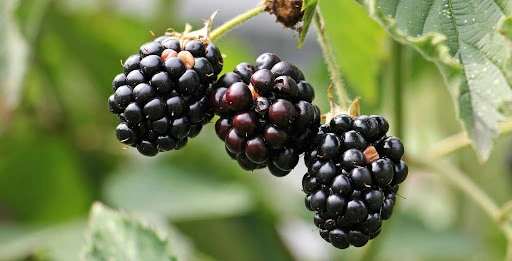
First, Know Your Turf
Foraging begins before you hit the trail. Every corner of the world has its own edible plants, and they change with the seasons. Spring in the Northeast might offer tender fiddleheads, while summer in the Rockies brings wild strawberries. Dig into local field guides or apps like iNaturalist to learn what grows where you’re headed. Many national park websites list common plants, which is a great starting point.
Stick to plants that are hard to mess up:
- Dandelion: Leaves, roots, and flowers are all edible, though the leaves have a bitter kick that’s not for everyone.
- Wild Blackberries or raspberries: Sweet, summer-ripened, and easy to spot on their thorny canes.
- Cattail: Found near wetlands, with starchy roots and young shoots that taste like cucumber.
If you can’t identify a plant with total confidence, don’t touch it. A plant that “looks kinda like” something edible is a gamble not worth taking. Bring a pocket guide or download an offline plant ID app for backup when you’re out of signal range.
Next, Keep It Safe
Foraging is thrilling, but one wrong nibble can turn your trip into a disaster. Safety is the golden rule. Always double-check a plant’s identity with two sources—say, a guidebook and an app—paying close attention to things like leaf patterns or berry color. Raspberries and blackberries, for example, are aggregate berries which are generally seen as safe with a high likelihood of edibility.
You’ll want to skip the plants growing near roads, factories, or pesticide-sprayed fields; they might look tasty but could be laced with toxins. If you’re trying a new plant, eat a tiny bit and wait 24 hours to make sure it doesn’t upset your stomach.
Respect the locals, too—wildlife depends on these plants. If a patch looks like it’s been munched by deer, move on. And before you start picking, check park regulations. Some places ban foraging to protect fragile ecosystems, while others allow small harvests for personal use. A quick call to a ranger station can clear things up.
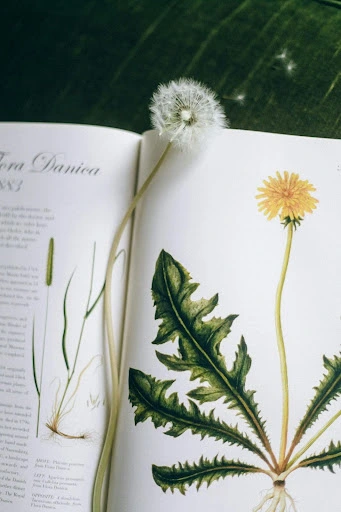
Harvest Like It Matters
The wilderness isn’t your personal grocery store. Taking too much can wreck a good thing, so harvest with care. Grab just enough for a meal or two—think a small handful of berries or a few cattail shoots. A good guideline is to take no more than 10% of a patch, and spread out your picking to avoid clearing one spot. For roots or stems, use a knife or scissors for clean cuts that let the plant regrow. If a species looks rare, leave it alone; stick to common plants like clover or dandelions.
Toss your finds into a mesh bag or basket to keep them fresh. Plastic bags trap moisture, turning your haul into a soggy mess. The goal is to borrow from the land, not plunder it.
Cook with Care
Back at camp, treat your foraged goods like they’ve been on a wild ride—because they have. Rinse everything with filtered water to wash off dirt or hitchhiking bugs. For cattail shoots you want to peel away the outer layers of the plant until you get to the tender hearts.
Here are a few easy ideas to try:
- Dandelion Salad: Mix young leaves with olive oil, sun dried tomatoes or cherry tomatoes, and some broken up cheese for a makeshift salad
- Cattail Shoots: Tastes much like a cucumber, used in a salad or pickled for a refreshing snack.
- Berry Breakfast: Stir blackberries into instant oatmeal for a sweet morning boost.
A lightweight camp stove or skillet makes cooking simple. Double-check your plant ID before eating, even after picking—better safe than sorry.
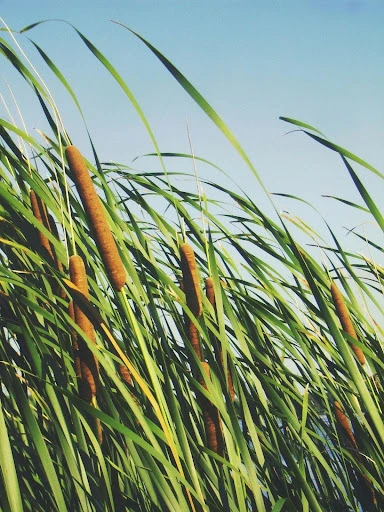
And Lastly, Ease Into It
Foraging can feel like learning a new language, so take it slow. Start with one or two plants you can identify in your sleep, like wild mint or dandelions. Practice spotting them on short hikes before relying on them for dinner. As you get the hang of it, add seasonal finds like morels or purslane to your list.
If you want a head start, look for local foraging workshops or ranger-led hikes. They’ll show you the ropes, from ethical harvesting to regional gems. Over time, you’ll start seeing the woods as a living pantry.

